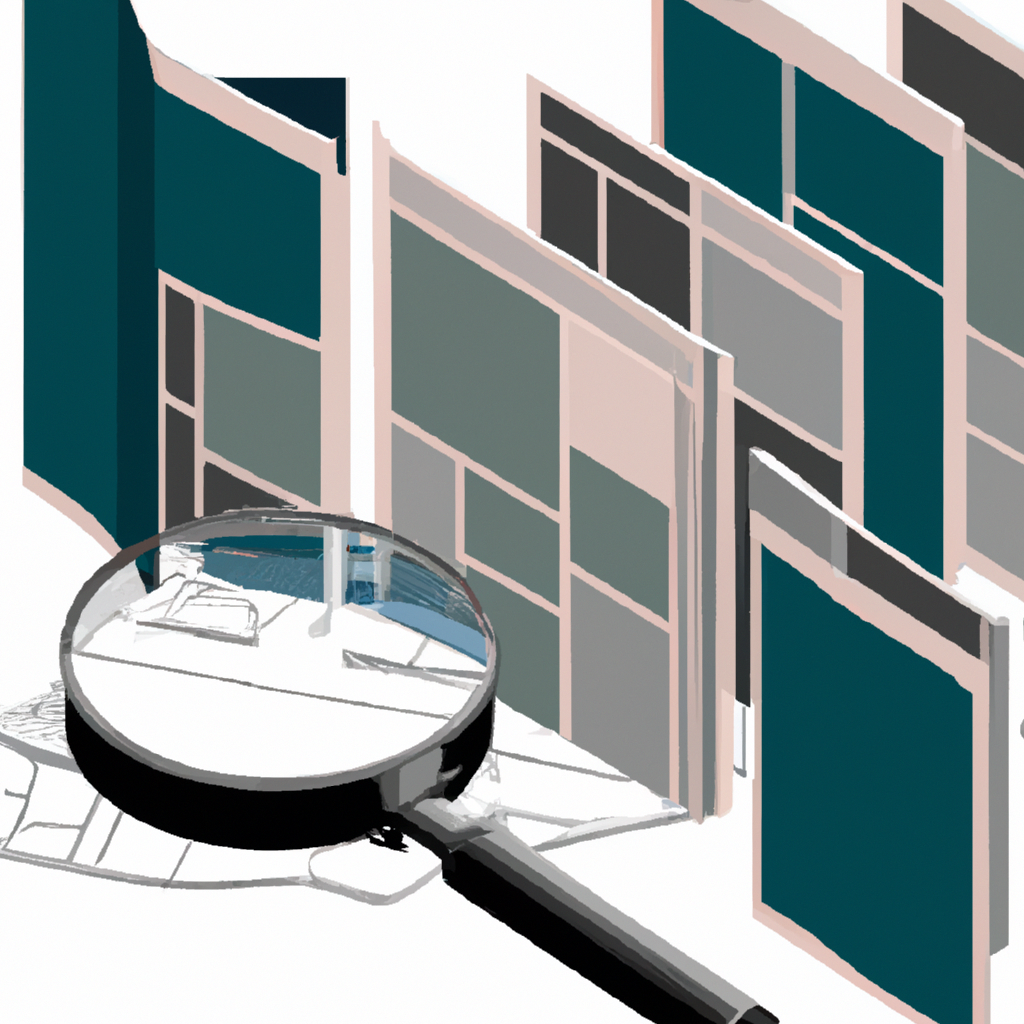
In a city that thrives on the pulse of the avant-garde, recent incidents within the global art scene cast long shadows, prompting us to question the balance between artistic freedom and ethical constraints. Among these, a provocative new artwork by the enigmatic street artist Banksy has stirred a whirlwind of criticism and debate.
At the recent Glastonbury music festival, an audacious display took form as a mock migrant boat was carried over the heads of festival-goers—an installation by Banksy. This piece, intended as a stark commentary on the migrant crisis, was sharply condemned by British Home Secretary James Cleverly, who labeled it “vile” and a “celebration of loss of life.” This reaction highlights the ever-present tension between the intention of an artist and the public's reception.
Moving from the fields of Glastonbury to the esteemed corridors of the Louvre in Paris, accusations of unoriginality emerge. The Louvre has been accused of mirroring a dance program initially spearheaded by a smaller, less-known institution. This raises pertinent questions about the ethics of inspiration within the realms of cultural creation, especially when the lines between homage and appropriation appear blurred.
Across the Atlantic, the St. Louis Art Center decided to close down a pro-Palestinian exhibition, citing undisclosed reasons. This closure comes amidst a backdrop of increasing tensions around cultural representation and political expression in art, compelling us to reflect on the limitations of artistic freedom when meshed with political sensitivities.
In times such as these, where art becomes a reflection of societal shifts and tumultuous politics, the roles of artists and cultural institutions are scrutinized heavily. Each headline, each controversy, unveils layers of broader societal dialogues—about ethics, rights, and the very nature of art itself.
As residents of New York City, where art and culture intermingle freely in the broad spectrum of diverse voices, these international incidents resonate with particular strength. They compel us to engage, reflect, and converse about the future of art in a cosmopolitan society that holds its cultural institutions in high regard.
These narratives, rich with conflict and controversy, are threads in the larger fabric of global cultural discourse, challenging each of us to ponder our own views on art's place in society and its impact on cultural ethics and morale.